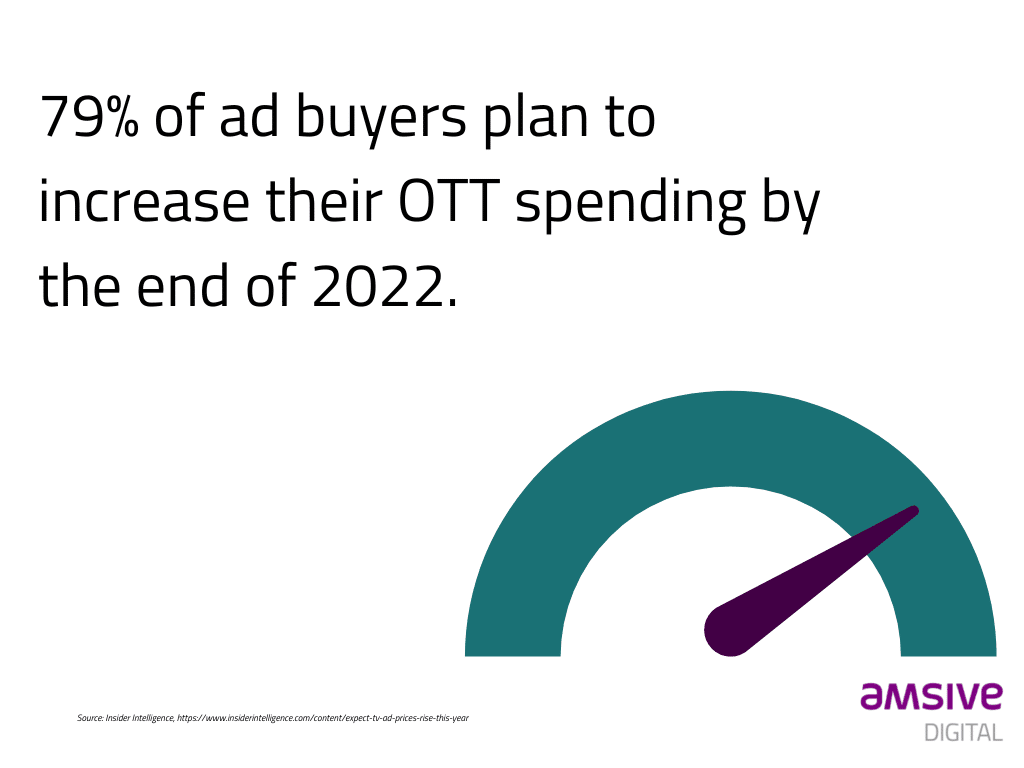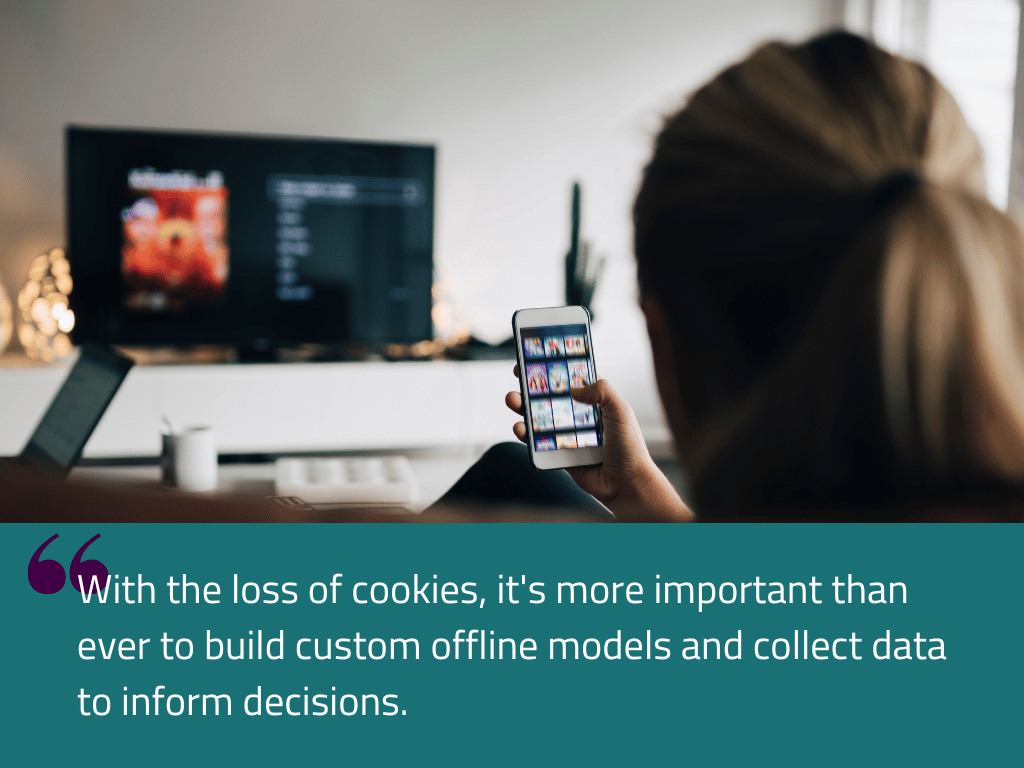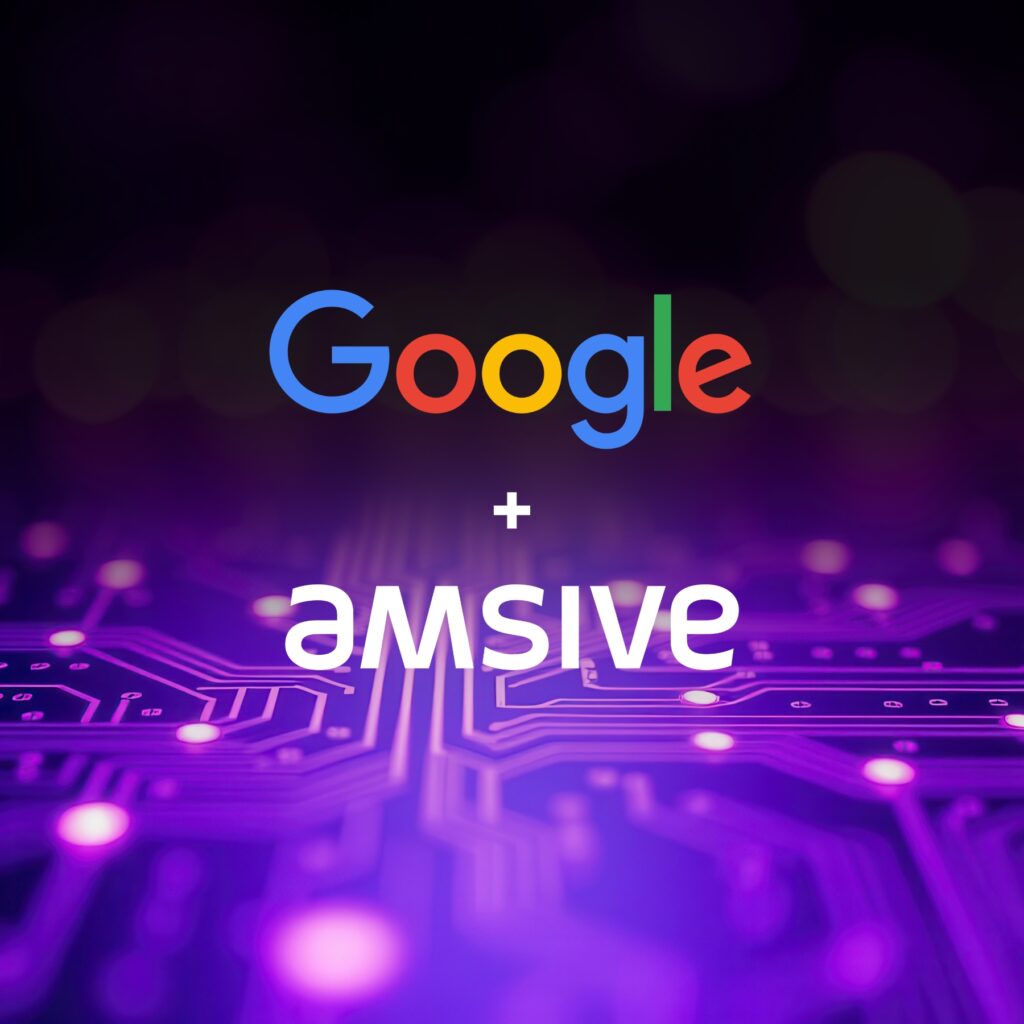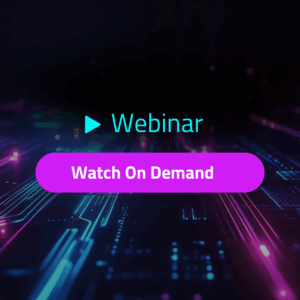Additional Contributors: James Connell
Advertisers Shift to Newer Channels to Activate Audience Insights │ Follow the Customer: Programmatic + Direct Buys │ Connecting the Audience Journey Dots, On and Offline
There’s been a sizeable shift from traditional advertising channels — like radio, TV, and print — to newer audience-activating platforms like over-the-top (OTT) streaming video and connected TV (CTV), mobile geotargeting, streaming audio podcasts, and digital out-of-home (DOOH) electronic billboards.
With the accelerated growth in channel options, the advertising landscape can feel crowded and can potentially result in budgets that are stretched across too many channels. Decisions on channel choices, media mix allocation, and creative and brand extensions are overwhelming without the right data.

Advertisers Shift to Newer Channels to Activate Audience Insights
Presently, “traditional” or “linear” TV, watched through scheduled cable or satellite broadcasts, still reigns with 61% of total TV viewership. However, this reach is increasingly fragmented due to the rising number of cord-cutters. If current trends continue, US audiences will spend more time on over-the-top video — consumed through PlayStation, Roku, Amazon Fire TV, Apple TV, etc. — than they will on linear TV by 2024.
Given the 203 million+ OTT viewers, 79% of ad buyers plan to increase their OTT spending. What’s more, 57% of advertisers surveyed said OTT was their “top priority this year.” Offering targeted reach and transparent measurement, these nonlinear channels represent a way to reach audiences without privacy-violating tracking cookies. Learn more about CTV and OTT targeting and measurement in our recent blog.
With the cookie phaseout underway and advertisers being called upon to have greater visibility and better targeting, the shift to newer channels is smart and strategic.
Traditional isn’t dead — but traditional TV isn’t precisely measurable. However, marketers expect even more reporting, making it harder to justify traditional TV when that level of reporting isn’t available. With the number of cord-cutters, it’s easier for marketers to pivot their advertising dollars.
In addition to demonstrating return on investment, connected TV spends also help marketers connect the dots along the customer journey and dig deeper into audience performance.
Ad buyers face a crowded streaming market vying for their dollars — from Hulu, Peacock, and Paramount+, to HBO Max, Disney+, and Netflix — with new options still popping up. While audience insights may steer marketers toward particular platform partners, strategic budget allocation and a strong framework for measuring success are required to make cost-effective investment decisions.
Though all platforms provide generic reporting, moving forward, marketers will need to collect accurate audience profile data to make the most of these media buys.
Follow the Customer: Programmatic + Direct Buys
Marketers must align individual consumer behavior tracking efforts with their goals for achieving reach, awareness, and conversion. Programmatic buys and direct buys offer two ways to hit the media mix sweet spot. For mid-size brands, programmatic typically forms the bulk of most plans, complemented by direct buys that are tied to specific goals, messages, or strategic positioning.
Targeting Through Programmatic Buys
Programmatic buys—purchasing ads and media mixes through a “Demand Side Platform” (DSP) based on identity graphs and matchbacks—is a general approach to audience activation. Rather than targeting a specific placement, programmatic enables marketers to target an audience in many different ways. For instance, a person might see an ad on a connected TV, then a display ad on the web—which reinforces the message. The increased frequency drives reactions such as awareness & consideration, which can then be measured and used for optimization.
Programmatic buys are not only more affordable than direct buys, but they can also provide more learning opportunities, especially when results are compared across platforms.
Mid-sized marketers thinking they can conserve budget by using anonymous, aggregated, platform-generated audiences are disappointed to find they receive no insight into who audience members are or how they behave. In contrast, marketers who work with agency partners to develop a custom-built first-party audience can push that customized audience into their buying platform. Marketers can then connect ad-generated consumer activity back to online profiles using their custom audience’s ID graph.
Targeting Through Direct Buys
Direct buys can be an expensive way to target audiences — approaching the cost of traditional TV once the streaming platform’s plethora of options is considered.
For instance, a direct buy on National Public Radio (NPR) can target the audience of a particular podcast, further creative messaging goals, or create a brand halo effect through strategic alignment.
Conversely, marketers may feel the best way to reach their audience is by purchasing TV ad space during a highly rated (and therefore expensive) show like “Yellowstone,” yet the same targeting can be done programmatically and more cost-effectively using ID graphs.
The decision of whether to layer direct buys onto programmatic, and which ones, should be thoughtful, data-based, and strategic. A digital partner agency can help to evaluate when and where a direct buy delivers real value.
While programmatic advertising is a relatively affordable way to target individuals, direct buys can be layered in to achieve a specific purpose.

Connecting the Audience Journey Dots, On and Offline
Media mixes vary based on where customers are in their brand journey—as well as where a brand is in its lifecycle. For instance, a new brand might run outdoor billboard ads in select areas to make an impactful splash and expand brand awareness, while simultaneously running programmatic advertising to cover the lower funnel and prompt direct conversions.
The beauty of programmatic advertising is the ability to switch up messaging based on real-time information. Creatives can be served up to parents vs. singles, men vs. women, etc., in different ways so audiences feel seen and addressed.
Reaching Audiences Effectively
By gaining clearer insight into target audiences, you can engage with the right people, at the right moments, through the right channels. With the loss of cookies, it’s more important than ever to build custom offline audience models and collect data to inform decisions.
While you can have the best audience profile and the best media plan, you’ll only get results if your message resonates with the perfect person at the best moment of their customer journey. We go the extra mile and connect the dots, helping create brand messaging and testing strategies that attract audience attention, follow them on their journey programmatically, and drive them down through to conversion.
Midsize companies may presume that constructing first-party audiences, designing test and measurement processes, and implementing complex cross-channel campaigns — just like enterprise-scale marketers — are out of reach for their budgets. But they don’t have to be. In today’s competitive and ever-changing environment, agency partnerships can help to ensure dollars are spent wisely and effectively. Agency partners add expert muscle to a company’s internal team, and leverage economies of scale so clients can keep ahead of the changes in ad buying.
Discover how to more efficiently measure media ROI in and across channels in How to Maximize Your Ad Testing Budget with Indirect Incrementality Measurement.







